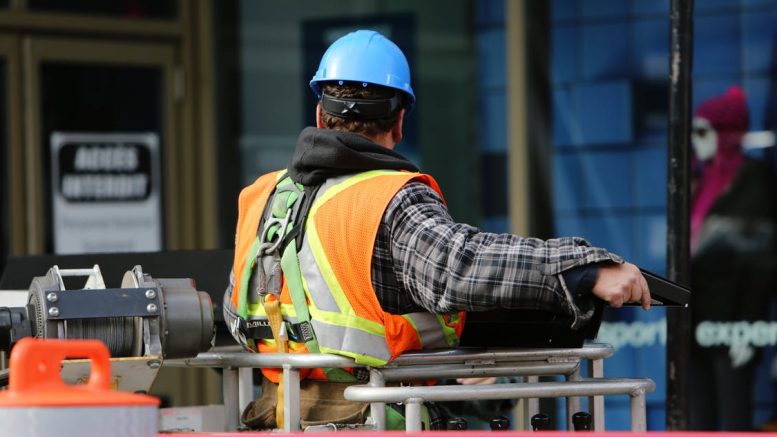Inevitably, the lines between medical and safety grade wearable garments cross. Products can be classified as medical or safety based on standards established by both the FDA for medical and ANSI for safety, respectively. Depending on the product, it may be designed to meet both medical and safety standards.
The features of medical grade products vary depending on what the product is set out to do. In terms of a medical garment, the garment must be: biocompatible, generally used in a medical setting (i.e. hospital) or per doctors orders, generally able to collect data and diagnostics with clinical precision and/or enhance the living conditions of the wearer, and must meet the FDA guidelines for clinical monitoring and/or treatment. (There has been some warranted debate about data collected by medical grade wearables vs. lifestyle wearables, which helps to illustrate the difference between the data collected and enhance the definition of a medical grade device vs. a consumer wearable device.) Medical vests can also be different cuts, shapes, and sizes as well as long as they adhere to the standards established by the FDA. As there is no universal medical vest pattern, designing to treat different conditions and to cover or uncover different areas of the torso is easier. As more and more vests emerge with different or specialized innovations, the spectrum of material and hardware utilized expands every day.
We’ve also discussed medical vests in this post that covers Medical and Military vests.
A safety grade vest is different: generally concerning the wearers visibility and identification, it doesn’t have the same functions that a medical vest does. Safety vests must adhere to standards set by ANSI Safety Equipment Association. These vests rely on their design to do their job, and do adhere to a certain set of rules to establish visibility. The visibility is necessary for not only their safety if they are, for example, working alongside a busy road, on a construction site, or directing traffic. The ANSI standard also suggests different colors for different wearers depending on duty, i.e. bright blue for police officers, red for firefighters, and green for EMS. The design of these vests is fairly standard, and they are designed in a way that makes it more convenient for the wearer to be identified.
There are cases where medical and safety vests could cross. An example of this could be a vest designed for firefighters to wear into the scene of an active fire if they are rescuing someone from inside. The outside would need to adhere to ANSI visibility and identification standards, while the inside could adhere to the standards of a medical cooling vest using instant ice packs that can be activated in order to help regulate the firefighters body temperature while in the field. These could also be used for people working on the road in especially dry and hot conditions. The same could be said for an interior of the vest that, rather than cool, could measure hydration levels, ECG, or any other diagnostic that could be affected by tough working conditions.
Medical and Safety vests must adhere to different standards for entirely different reasons, but these standards also have the ability of coming together to create a garment that will protect the wearer medically and from other potential threats.

